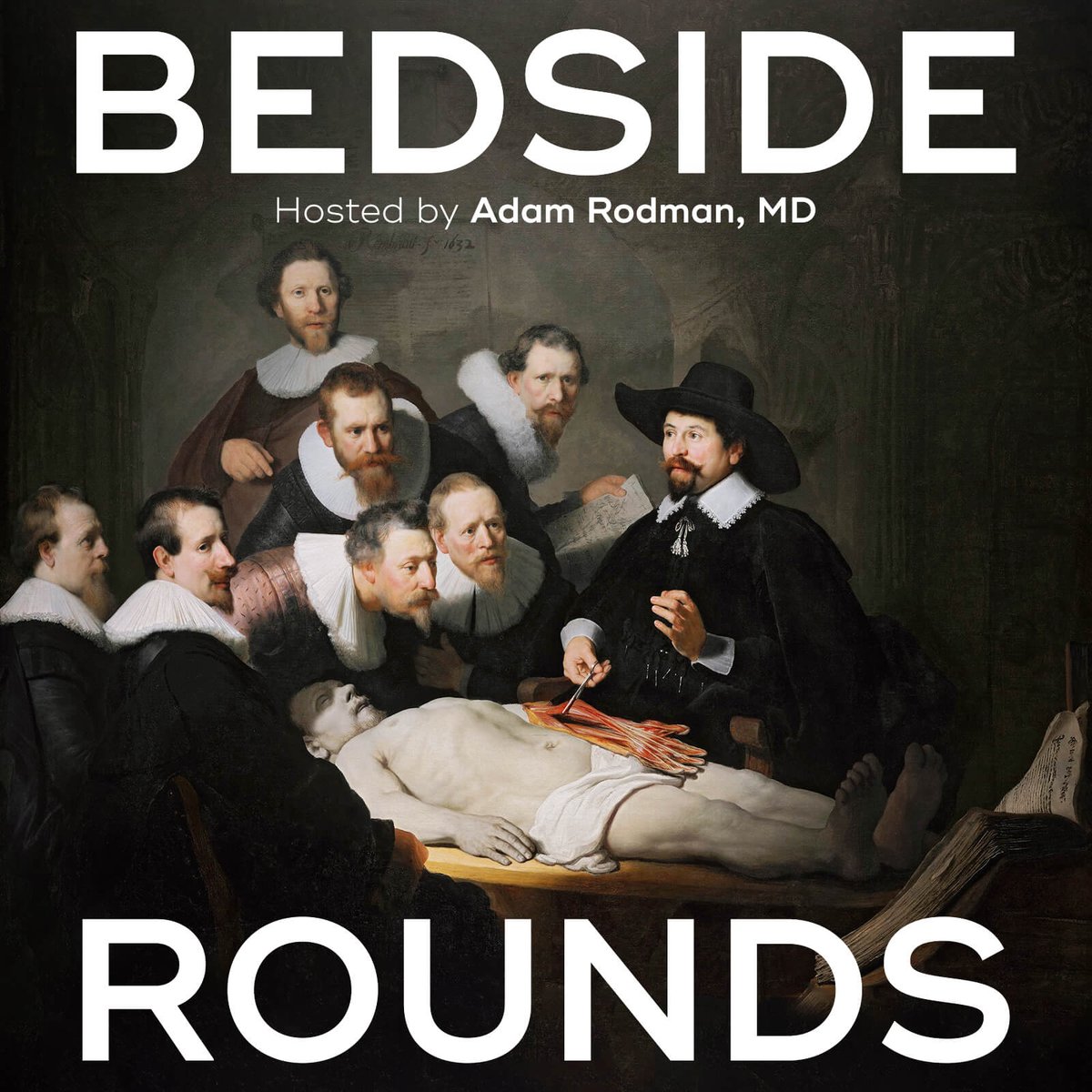It's time for a #histmed #medthread about the discovery of microbes!
To say that mankind has a complicated relationship with the microscopic world would be an understatement, since a major selling point of many products is that they kill 99% of it.
To say that mankind has a complicated relationship with the microscopic world would be an understatement, since a major selling point of many products is that they kill 99% of it.

For what it’s worth, there’s an awesome meme about the bacterial one percenters who somehow make it through the Lysol and Listerine apocalypse (this one is from itsthetie.com) 

By the way, this #medthread is meant as a companion for Micrographia, the latest episode of @BedsideRounds (bedside-rounds.org/episode-48-mic…), since you can’t really see pictures through the radio. 

The first compound microscope was introduced in the late 16th century. By adjusting the telescoped pieces you could focus on the subject. 

But single lens microscopes called flea glasses (named as such since you could easily trap a flea or mite underneath) were incredibly popular as well. 

The first illustrated study using a microscope was from Cesi and Stelluti -- the Apiarium, published in 1625, which showed that bees definitively did not have little ears. 

By the late 17th century, microscopes were being used to study the human body. This print of Josephi Campani is the first known representation of the microscope in medicine. 

But the most famous example from this period is from Athanasius Kircher, who saw “little worms” in the blood of plague victims which he felt must be the cause of the disease.
He didn’t. Yersinia pestis is far too small for his microscope (33x magnification at max). In fact, he probably saw rouleaux of red blood cells. 

Robert Hooke published the most famous study of the microscopic world in 1665 -- Micrographia!
His detailed drawings of the natural world set the public crazy, like this ant which he was able to draw by getting it drunk in brandy and then studying under the microscope 

Or his picture of cork, which showed countless holes he called “cells,” since they looked like the cells in which monks lived in a monastery. 

Modern mycologists have identified his drawing as the mucor species. His representations were very accurate! 

Across the English channel, Micrographia inspired a Dutch draper named Antonie van Leeuwenhoek to study the natural world.
His intense curiosity would lead to over 190 letters going back and forth between Leeuwenhoek and Hooke and the Royal Society.
Leeuwenhoek’s single lens microscopes were incredibly powerful -- capable of magnifying up to 500 times! 

While trying to figure out how taste buds work, Leeuwenhoek examined pepper-water which had been left out for three weeks.
He was shocked to see countless tiny organisms floating in the water, which he called “animalcules”. We now know these were bacteria. 

He also described red blood cells, sperm, muscle fibers, and protozoa, among others.
Did you enjoy the thread? Then listen to the episode! bedside-rounds.org/episode-48-mic…
You can also get CME and MOC points from @ACPinternists for listening acponline.org/BedsideRounds.
We're on @ApplePodcasts (itunes.apple.com/us/podcast/bed…), @Spotify (open.spotify.com/show/6GcbCZtWq…), &c.
You can also get CME and MOC points from @ACPinternists for listening acponline.org/BedsideRounds.
We're on @ApplePodcasts (itunes.apple.com/us/podcast/bed…), @Spotify (open.spotify.com/show/6GcbCZtWq…), &c.

And for the record, Leeuwenhoek’s microscopes really were amazing. In 1981, researchers tested nine existing microscopes.
You can see the photos here -- blood (with a lobed granulocyte!), spiral bacteria, and giardia! (source: ncbi.nlm.nih.gov/pmc/articles/P…) 

• • •
Missing some Tweet in this thread? You can try to
force a refresh







